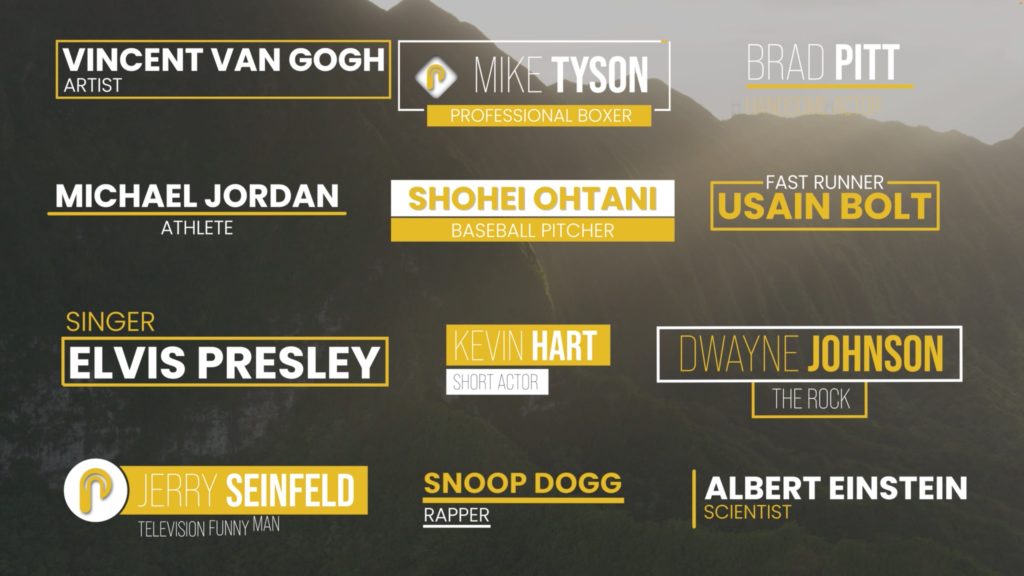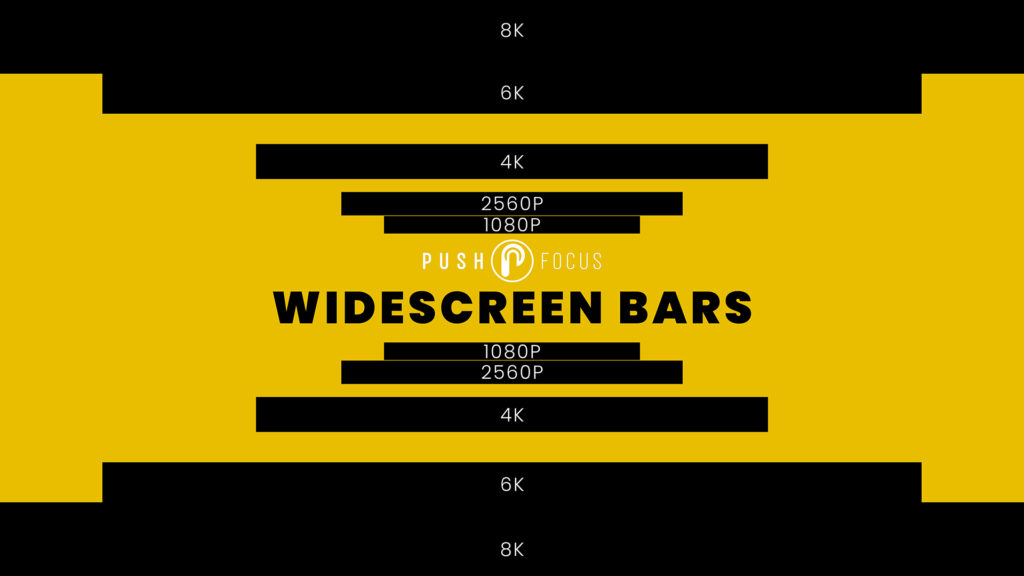
What is Color Grading in Video Editing?
Picture this: you're watching a movie, and the scenes shift from a cozy sunset on the beach to a dark, mysterious forest. The colors and mood change dramatically, pulling you deeper into the story. That's the magic of color grading in video editing.
In a nutshell, color grading is the art and science of manipulating the colors and tones in a video to create a specific look or mood. It's like adding the finishing touches to a masterpiece painting but for moving images.
Color grading is like adding a secret sauce to your video, turning it from ordinary to extraordinary.
The Basics: What Does Color Grading Do?
At its core, color grading does three main things:
- Adjusting Colors: This involves tweaking the hue, saturation, and brightness of individual colors. You can make the sky bluer, a shirt more vibrant, or even turn everything black and white if you want.
- Setting the Mood: Color grading helps set the emotional tone of a video. Warm colors like red and orange create a cozy, romantic vibe, while cooler blues and greens evoke a sense of calm or mystery.
- Consistency: It ensures that all the shots in a video match, even if they were filmed in different locations or under different lighting conditions. This keeps your video looking polished and professional.
Why is Color Grading Important?
You might wonder why color grading is such a big deal. Well, here are a few good reasons:
- Enhanced Storytelling: Color grading is a storytelling tool. It helps convey emotions and guide the viewer's attention. Think of it as an extra layer of narrative.
- Professionalism: Whether you're making a Hollywood blockbuster or a YouTube vlog, good color grading makes your video look pro. It can be the difference between "meh" and "wow."
- Consistency: As mentioned earlier, color grading maintains visual consistency across your video, making it more visually appealing.
- Correction: Sometimes, footage doesn't come out as planned due to lighting issues or camera settings. Color grading can fix these problems, making the video watchable.
It's not just about making colors look good; it's about making them feel right for the story you're telling.
The Process of Color Grading
So, how does it all work? Here's a simplified breakdown:
- Importing Footage: You start by importing your raw video footage into a color grading software. This could be Adobe Premiere Pro, DaVinci Resolve, or Final Cut Pro, to name a few.
- Adjusting Exposure and Contrast: You begin by adjusting the overall exposure and contrast of your video. This sets the foundation for the rest of the process.
- Balancing Colors: Next, you balance the colors to ensure they look natural and consistent. This involves making sure whites appear white and blacks appear black.
- Creating a Look: This is where the magic happens. You add your creative touch by tweaking colors, adding filters, and enhancing certain elements to achieve the desired mood or style.
- Fine-Tuning: Once you have your look, you fine-tune it. This involves making subtle adjustments to various elements to ensure everything harmonizes well.
- Applying Grading Across Shots: To maintain consistency, you apply the same grading to all the shots in your video. This step ensures that everything flows seamlessly.
- Exporting: Finally, you export your color-graded video, and it's ready to be shared with the world.
Tools of the Trade
Color grading software is the artist's canvas and brushes. There are both free and paid options available, and the choice often comes down to personal preference and the complexity of your project. DaVinci Resolve, for example, offers a powerful free version that's widely used in the industry.
The Language of Color Grading
To get the hang of color grading, you need to be familiar with some basic terms:
- LUTs (Look-Up Tables): These are pre-made color profiles that you can apply to your footage to achieve a specific look or style.
- Saturation: This refers to the intensity or vibrancy of colors. High saturation means vibrant colors, while low saturation makes things look more muted.
- Contrast: The difference between the darkest and lightest parts of an image. Adjusting contrast can make your video look more dynamic or flat, depending on your goal.
- White Balance: Ensuring that whites appear white, not too warm (orange) or too cool (blue). It's crucial for achieving natural-looking colors.
- Exposure: The brightness of your video. Proper exposure ensures your video isn't too dark or too bright.
Conclusion: The Art of Color Grading
In the world of video editing, color grading is an essential step that transforms a raw video into a cinematic masterpiece. It's a delicate balance of science and creativity, where a skilled editor can paint a vivid picture, evoke emotions, and tell a compelling story using the power of colors.
So, the next time you watch a movie or a YouTube video and find yourself immersed in its visual beauty, remember that color grading is the unsung hero behind those captivating images. It's the spartan art that makes all the difference.










